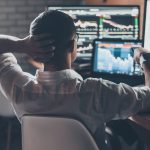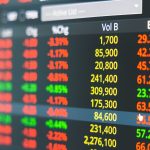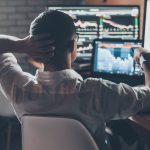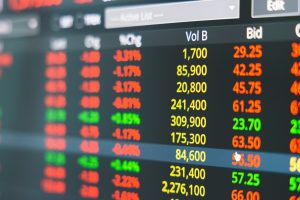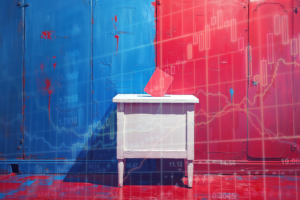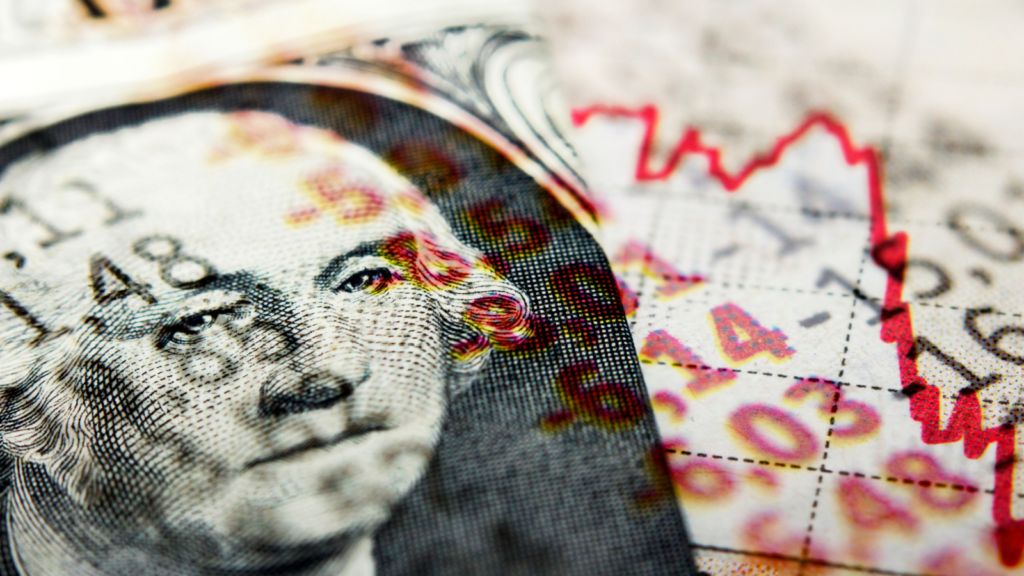
Fears of an impending stock market crash are swirling ahead of the Federal Reserve’s Federal Open Market Committee (FOMC) meeting, set for Sept. 20. Indeed, with Wall Street abuzz over the potential of a looming recession in the second half of the year, stakes are higher than ever at next week’s crucial policy meeting.
So, what should you expect from the upcoming FOMC meeting?
Well, potentially, another rate hike. After twelve rate hikes this cycle, the Fed has only hinted at the possibility of more interest rate increases to come. Much to the chagrin of many “hard landers” who believe the Fed’s historically aggressive rate hikes will lead to an eventual economic downturn, Fed Chair Jerome Powell seems fixated on the idea of raising rates even more.
“We are prepared to raise rates further if appropriate, and intend to hold policy at a restrictive level until we are confident that inflation is moving sustainably down toward our objective,” Powell said at last month’s annual Jackson Hole Economic Symposium.
The concern here is that the Fed’s twelve previous rate hikes have yet to be fully digested by the U.S. economy. As such, when important economic metrics like unemployment and consumer spending do eventually feel the pinch of a tighter monetary environment, the Fed will have raised rates even further. In a worst-case scenario, this could land the U.S. in a nasty recession, attributable to an apparent over-tightening.
Now, the soft-landers will say it’s been more than the typical nine months it usually takes for rate hikes to course through the economy, which is true. But, in just the last eight months, the Fed has raised rates four times, pushing the Federal Funds rate from between 4.25%-4.5% in December to its current 5.25%-5.50% level.
Stock Market Crash Fears Elevated Ahead of Sept. 20 FOMC Meeting
Should the Fed raise rates at next week’s meeting, it will likely be another 25 basis-point hike. That would push the benchmark rate to between 5.5%-5.75%. The highest level for the federal funds rate since 2007.
Powell has been clear that the battle isn’t yet won until we reach the crucial 2% inflation level. In that regard, the country may be forced to undergo a nasty economic pullback in order to lower price growth back to acceptable levels.
That said, traders are currently pricing in an overwhelming likelihood that the Fed will hold rates steady this month. For the second time since the central bank started hiking rates, the Fed is expected to play wait-and-see on the impact of its previous interest rate increases. According to the CME’s FedWatch Tool, there’s a less than 33% chance the Fed will raise rates this go around.
Reasonably so, with the latest jobs report showing a surprise 0.3% increase in unemployment to 3.8%. That’s the highest level since February of last year. So it isn’t surprising that some believe the time of reckoning is finally upon us.
“The labor market is clearly cooling, with job openings falling and job growth slowing closer to sustainable levels based on the most recent data, but remains tight,” said Goldman Sachs’ Joseph Briggs.
That isn’t to say 3.8% is, in itself, anything worth freaking out about. But rather, it’s the suggestion that this may just be the beginning of further deterioration in spending and unemployment that has Wall Street on edge.
On the date of publication, Shrey Dua did not hold (either directly or indirectly) any positions in the securities mentioned in this article. The opinions expressed in this article are those of the writer, subject to the InvestorPlace.com Publishing Guidelines.

